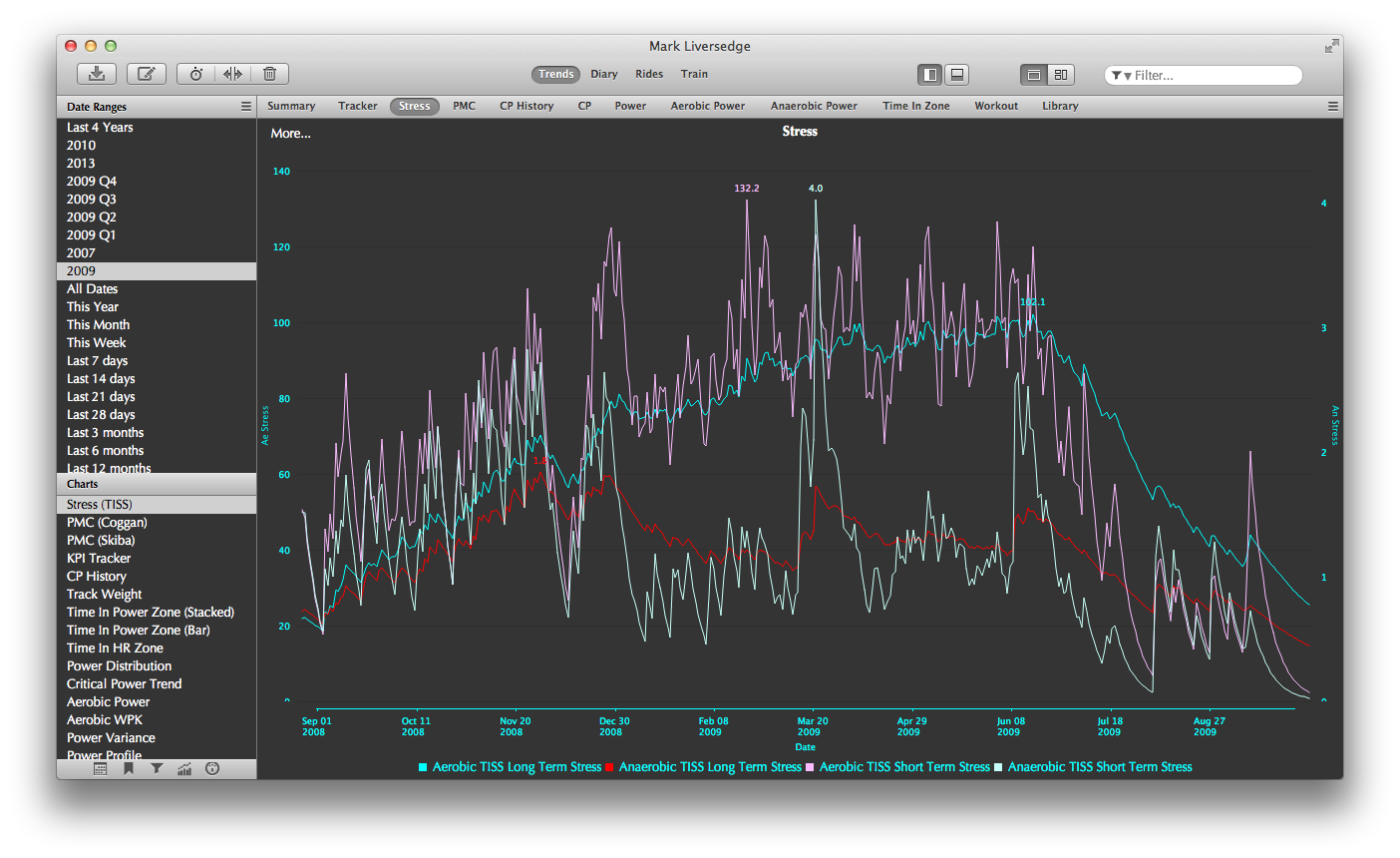
Brosephīest 60 minute MMP after burning 1500kJ: 227 Don’t burn through so many kJs at the beginning of your rides. This means riding longer at certain intensities, not just riding harder all the time. What you need to do is ride your bike more, and develop some durability by increasing your endurance. HOW WE CAN HELP BROHEIM: First of all, Broheim, you need to stop trying to swing your FTP around-clearly it’s not helping you. Broheim will probably make things worse by going too hard at the beginning of the ride, too, since “I dunno, man, I felt good at the time.” He is certainly going to burn through more than 1,500 kJ on his way to “brag for the rest of your life.” So if Broheim’s ability to hold power drops by 25% after only 1/3 of the Ironman, he’s going to struggle for the rest of the ride (to say nothing about the run). WHY IMPORTANT? So say Broheim wants to do an Ironman. Percent decline: 25%, which puts Broheim in the “poor” category. Broheimīest 60 minute Mean Maximal Power (highest average power recorded for 60 minutes in the last 90 days): 348 (nice work, Broheim! Must have been drinking your macchiato that day)īest 60 minute MMP after burning 1500 kJ: 262 Let’s compare Broheim with his much less cocky younger brother, Broseph. You hear that, Broheim? Your 370 FTP doesn’t matter if you can’t hold a high percentage of it for as long as possible. So what does this mean for us as triathletes? Triathlon, much more so than cycling, is less about achieving big numbers and more about slowing down as little as possible.
#Goldencheetah average power chart professional
Many of those U-23s will keep riding, and by the time they are in their late 20s they will see improvements up to the level of their professional peers. What’s the big difference between U-23 cyclists and professional athletes? Most of the time it’s just…time. This means that their performance suffered as they rode longer, harder, or both. That grouping means that full-time professionals perform almost as well after burning 3000 KJ than they did when they were fresh! The U-23 riders, in contrast, see lines that begin to drift apart. What you see in the top (full-time professional) graph is that the lines are closely grouped together-so closely you can’t tell the different lines apart. You may not know this, but your power meter does a great job of recording the work you’ve done, also measured in KJs. Each of the lines on the graph represents a certain amount of work done, measured in Kilojoules (KJ). The top graph represents full-time professionals, while the bottom graph shows under-23 athletes (typically younger than full-time pros). Here you can see the fatigue resistance of two populations, as measured in a study by Leo and Spragg in the Journal of Physiology and Performance. When you consider that many cyclists race dozens of times each year (as opposed to triathletes, who often race only a handful of times), and that cycling races are sometimes multi-day affairs, you can see why durability rises to the top of a list of desirable traits. The cycling world has been the quickest to adopt fatigue resistance as the metric of choice, with coaches tracking riders’ capacities to perform as close to their fresh numbers as possible when fatigued. What those coaches have found is that once you standardize a population of athletes in terms of FTP, the trait that matters most is how long they can maintain certain percentages of that FTP, or how many times they are able to repeat a certain number of hard efforts. Today we aim to fix that by introducing (re-introducing, really) a more useful concept: fatigue resistance.įatigue resistance has been making the rounds recently, as a new generation of coaches try to discern what the best in the world do during races.

#Goldencheetah average power chart how to
Most cyclists, we opine, arrive at their FTP incorrectly, and then don’t know how to utilize their power threshold effectively. As the old saying goes, it’s not the size that matters-it’s how you use it. Unfortunately for Broheim, those three digits don’t mean as much as he’d like them to mean.

Mine’s 370 right now, says Broheim, confidently, as he’s tossing a leg over his Pinarello and quaffing the dregs of his pour-over. Strike up any casual conversation about training with cyclists, and soon enough the subject meanders around to comparing FTP size. Scroll down for a much happier Coach Molly, who did a much better job sticking to her abilities and her race plan.įunctional Threshold Power (FTP) has long been the god statistic when talking about cycling performance. Don’t be like Chris in your races-respect the distance, do the proper preparation, and then don’t ride like a Broheim. That got us thinking about fatigue resistance. Note-Coach Chris (looking rather grim, above) raced the Shasta Gravel Hugger this past weekend and…didn’t have the best day.


 0 kommentar(er)
0 kommentar(er)
